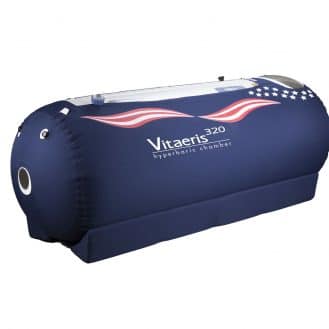Physiotherapy equipment includes any electro-medical device used for rehabilitation or pain relief of the musculoskeletal system.

Physiotherapy equipment includes any electro-medical device used for rehabilitation or pain relief of the musculoskeletal system.
Physiotherapists use a variety of devices in their practice such as electric stimulators, cryotherapy units, laser therapy units and pressure therapy units. The following is a list of commonly used equipment:
Physiotherapy equipment can combine several of the devices listed above.

Chattanooga physiotherapy equipment
There are several criteria to take into account when choosing an electric stimulator, such as the type of current available, its portability or the autonomy of its battery. Here are the essential criteria to consider:

Globus Italia electric stimulator
There are several criteria for choosing an ultrasound stimulator, also known as an ultrasound diathermy unit, such as the number of channels available, the size and the frequencies available. Here is a list of the main selection criteria:

Gymna ultrasound stimulator
There are several criteria to consider when choosing a pressure therapy unit, such as the potential applications, the target areas and the poption of setting certain pressure and time parameters.

UNIX leg pressure therapy device
There are several reasons to consider purchasing a tecar therapy unit, such as accelerated healing, rapid pain relief and increased vascularity. Here are the main ones:

Fisioline tecar therapy device



accelent run.down & frutfull explanation of your products I would be very thankful & happy to receive further descriptions of your products
Further more iwould be very grateful if you kindly inform me if you have a representative in IRAQ.
or KUWAIT so I be able to furnish my clinic.
Best regards